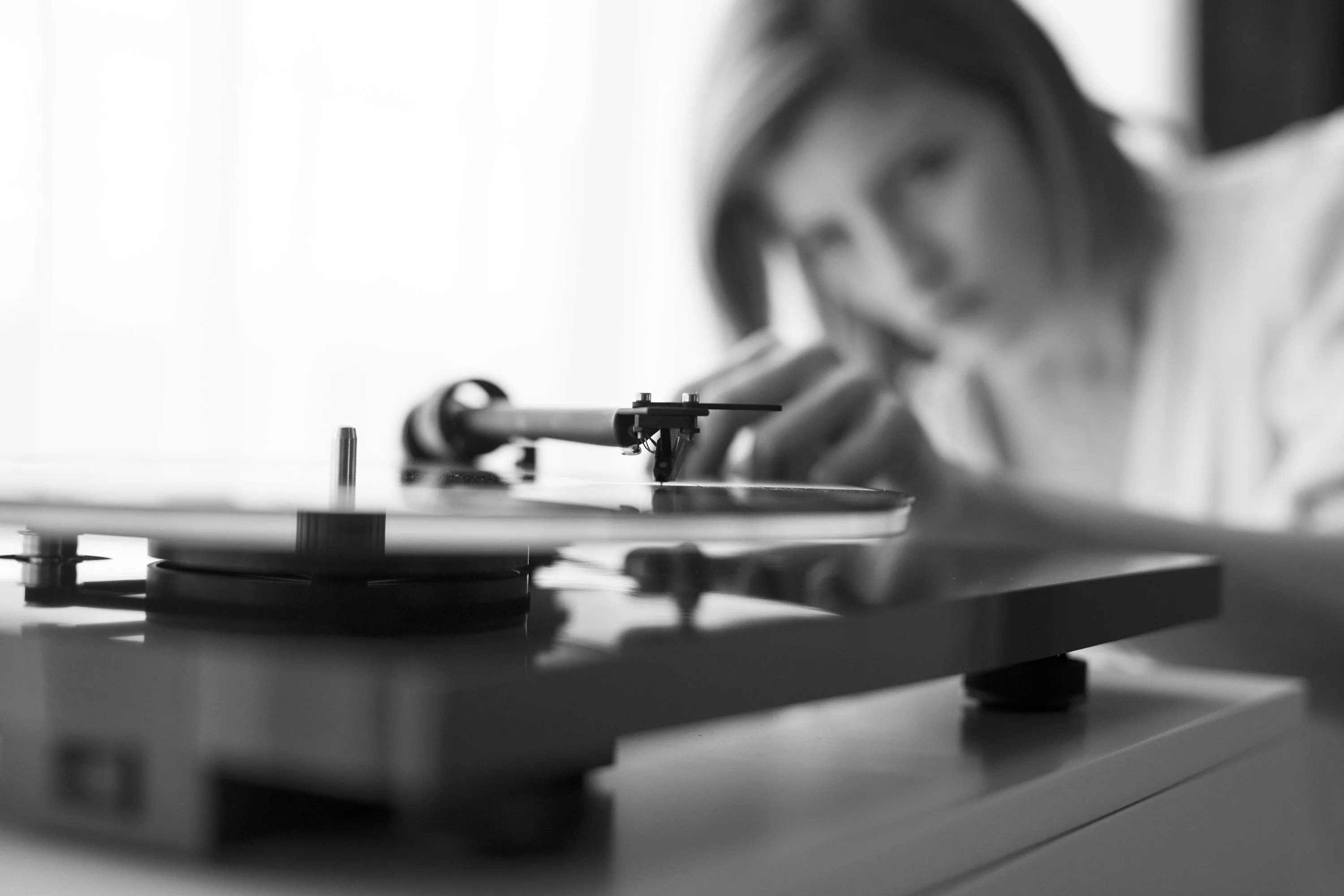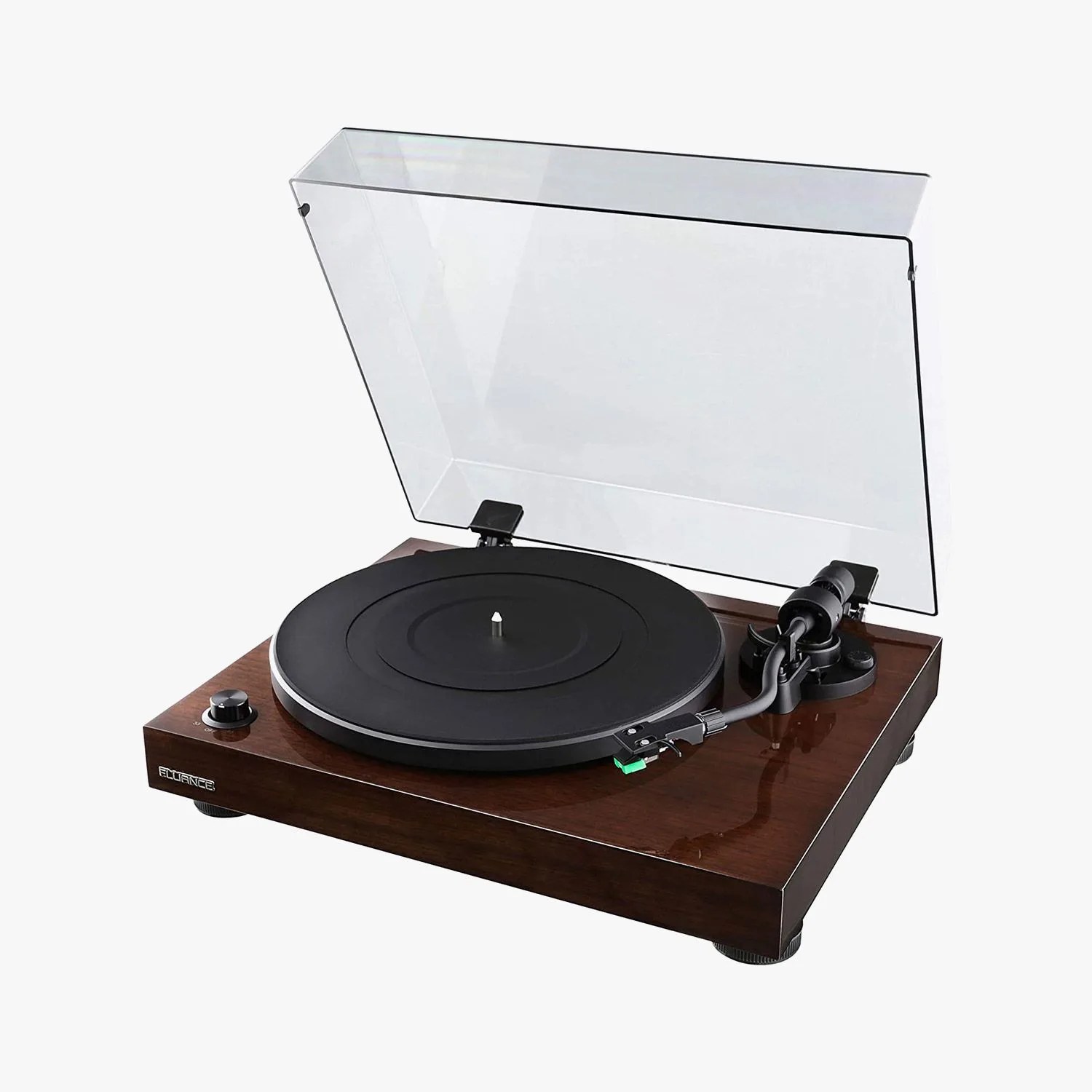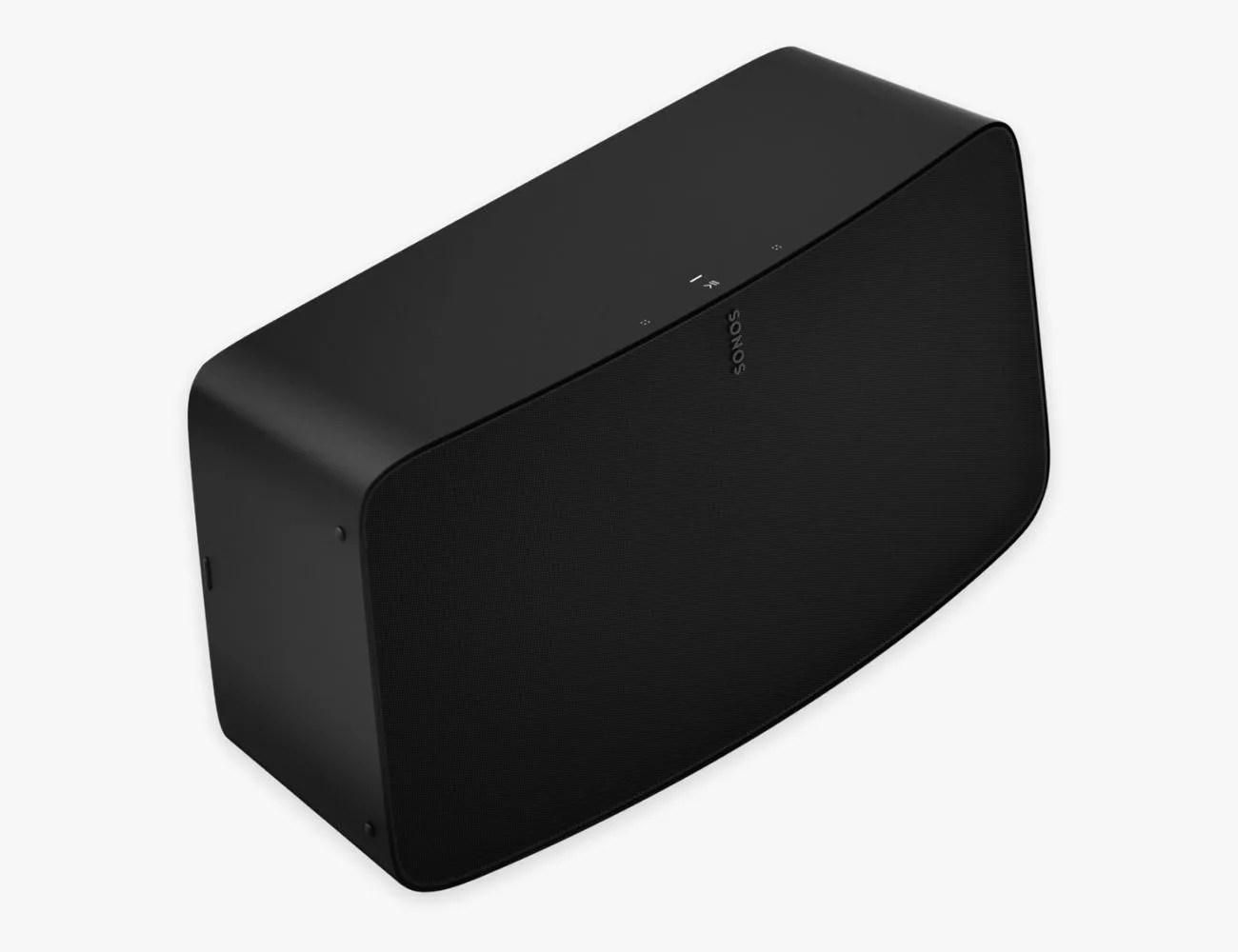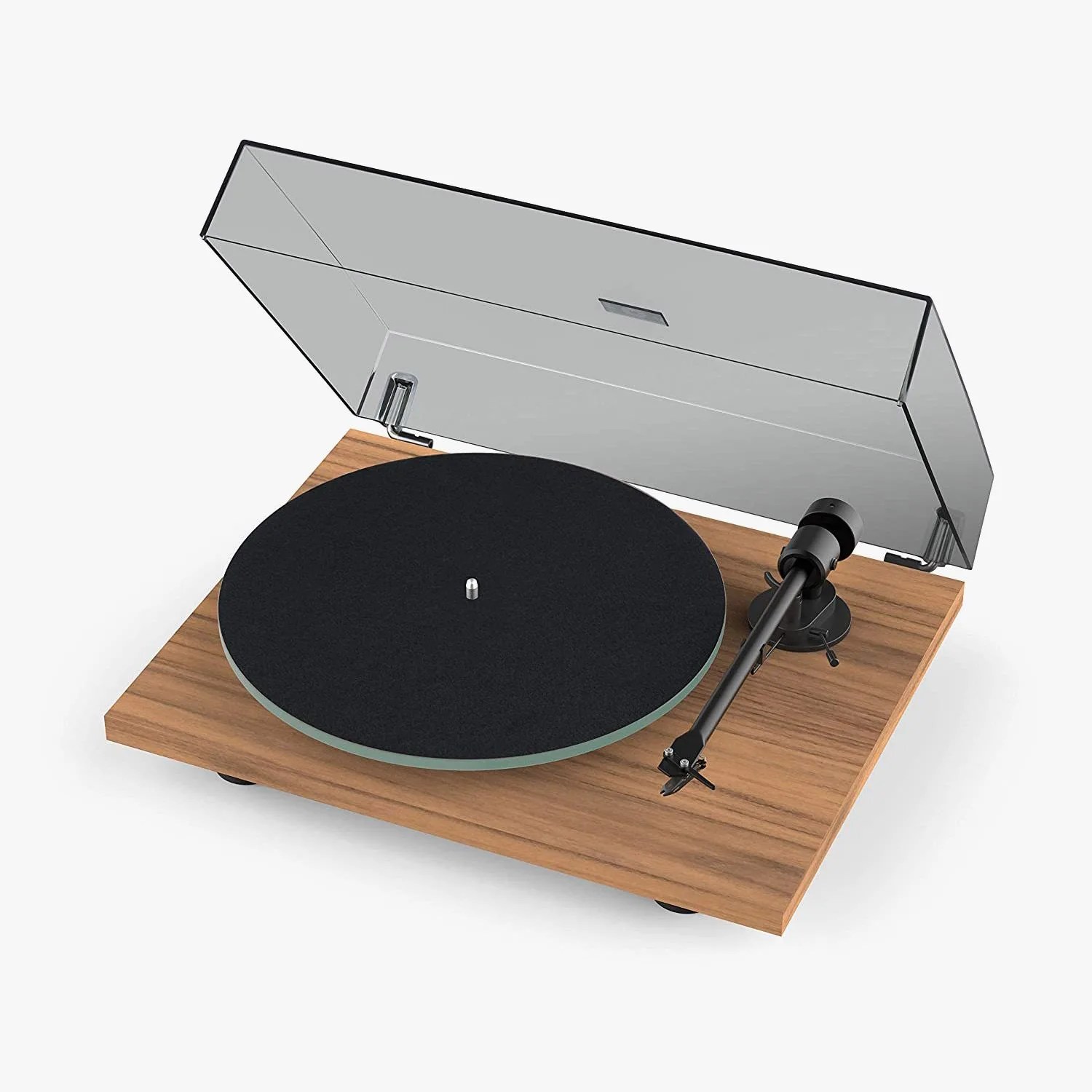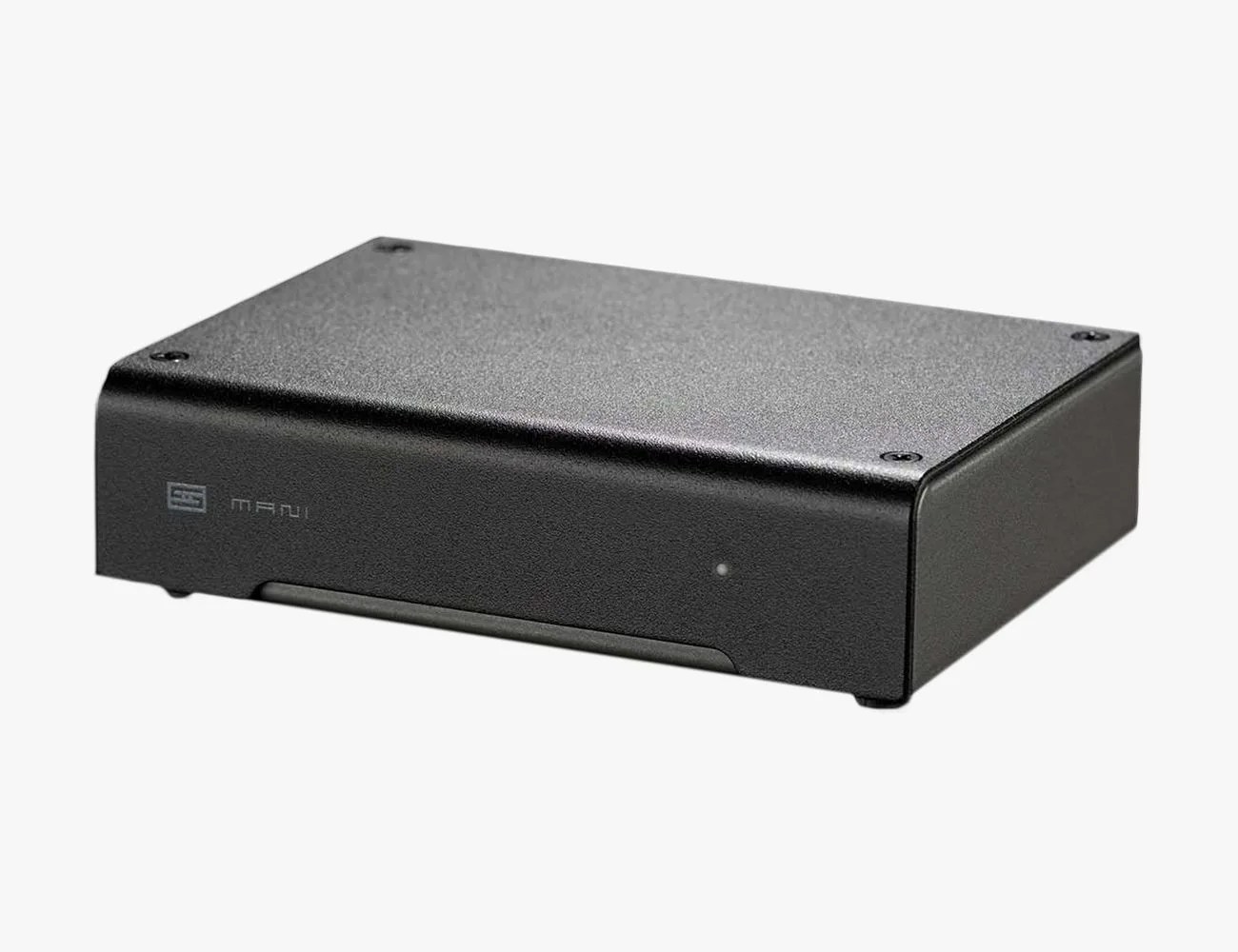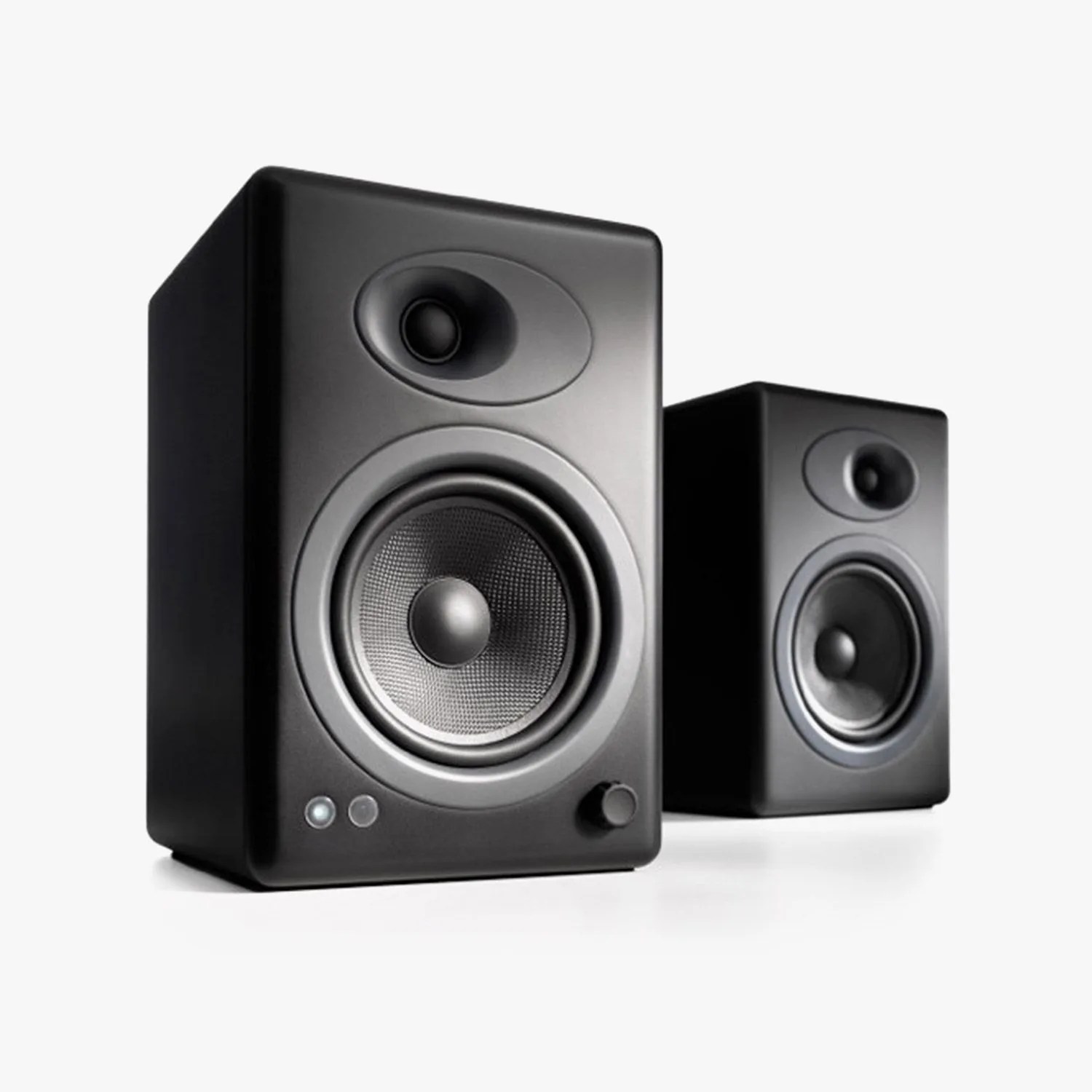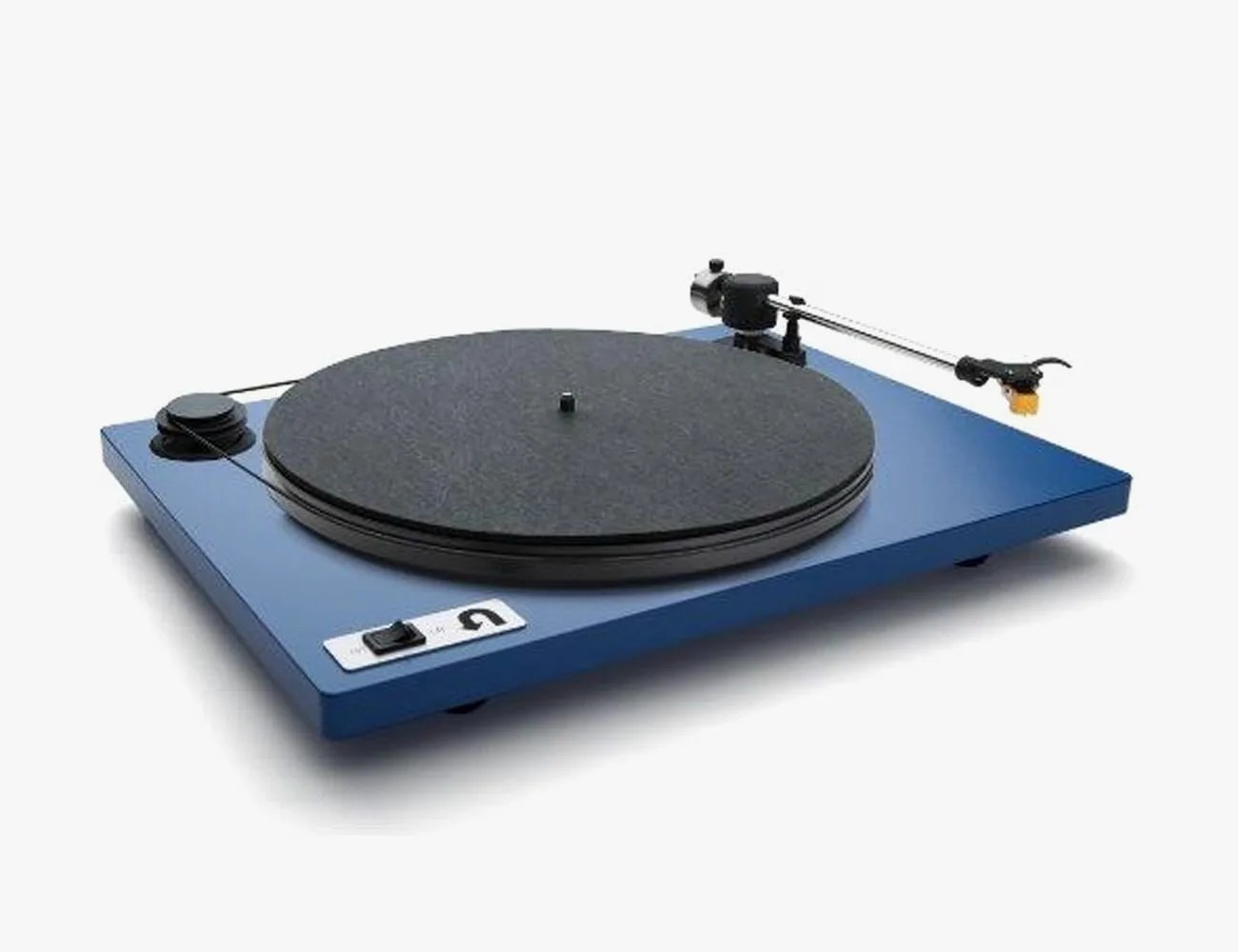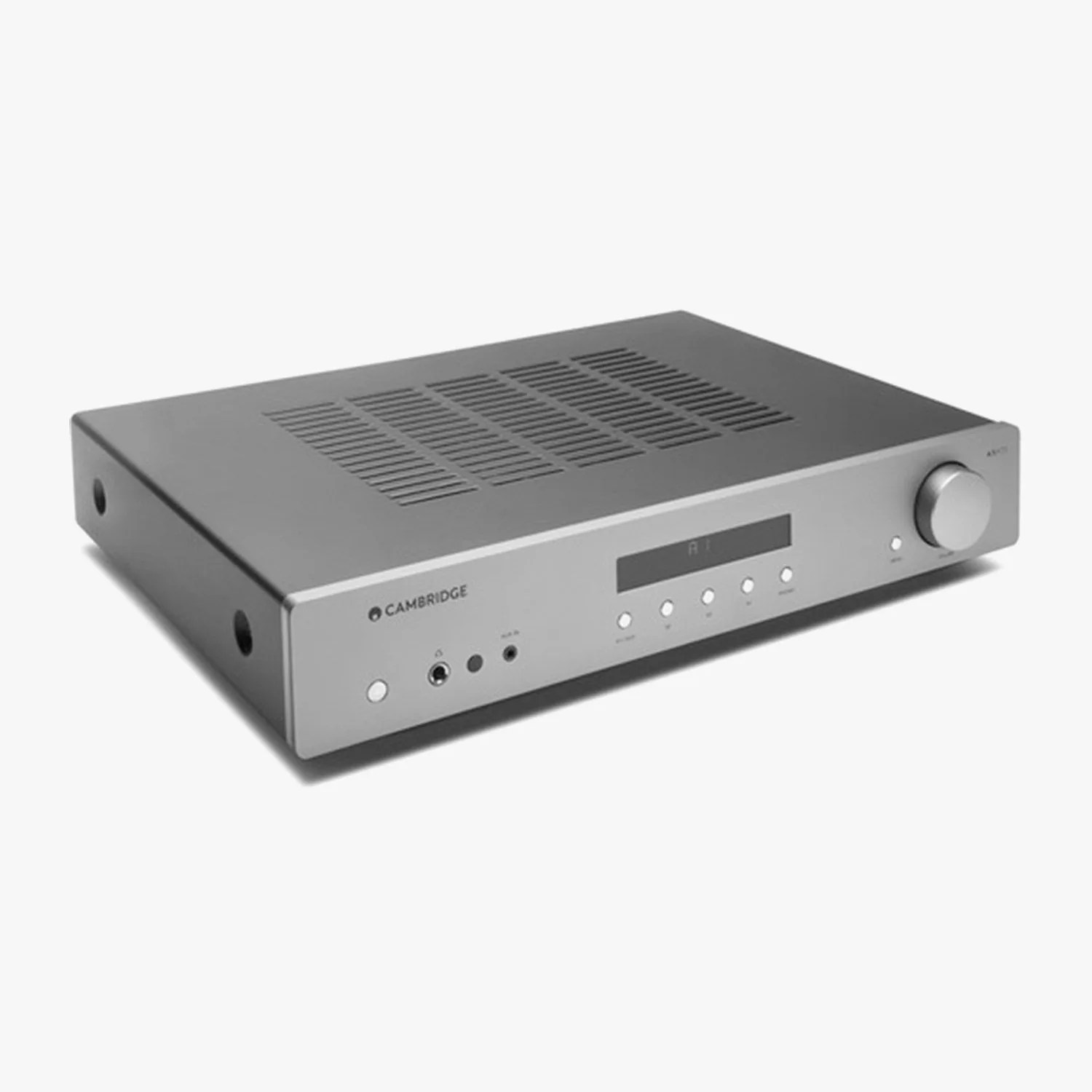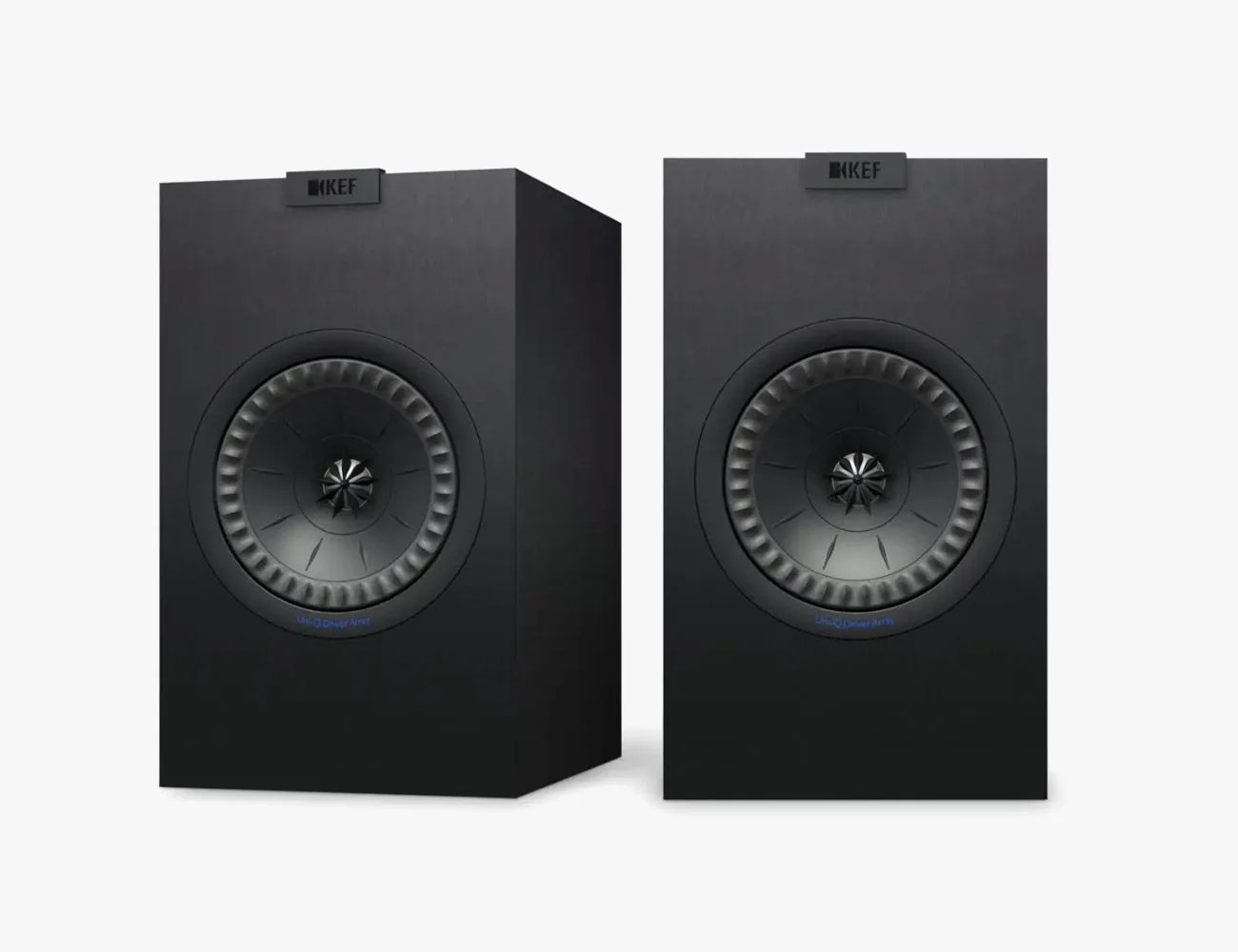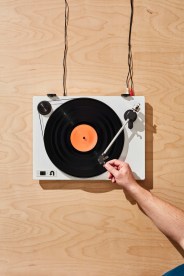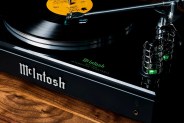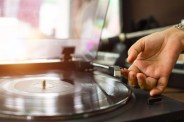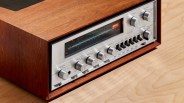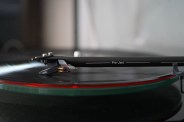Vinyl continues to boom. After being nearly extinct in the early 2000s, its popularity has skyrocketed over the last ten-plus years (oddly, at the same time as music streaming). People are captivated by the slow analog experience — placing the record, dropping the stylus, and hearing its warm, nostalgic sound.
The good news is that because vinyl has made such a defiant comeback, it’s spurred a resurgence of the other necessary components to play vinyl. Audio companies are making new turntables, phono preamps, amplifiers and speakers — all of a range of price points — so it’s pretty easy to build a basic turntable system. You don’t need to refurbish some vintage gear (although you still can if you want to).
The Four Components of a Basic Turntable System
A turntable system is comprised of four primary components: the turntable, the phono preamp, the amplifier, and the speakers. It can get a little complicated nowadays because many of these components are combined together, such as a turntable with a built-in phono preamp (also known as an integrated turntable) or a speaker with a built-in amplifier (which is any powered or active speaker). The bottom line is that you need these four components to work.
• Turntable: The turntable and the speakers are the two most important components. The turntable — specifically its stylus — is the thing that makes contact with the record and picks up the signal. It then produces a phono output signal.
• Phono Preamp: The phono preamp takes the phono output signal and converts it into a “line level” or an “AUX” signal. It also equalizes the signal — staying true to the RIAA playback equalization curve — so that it sounds as true to the original recording as possible.
• Amplifier: The amplifier takes the weak signal from the phono preamp and amplifies and readies it for the speakers. Without the amplifier you wouldn’t be able to play (or, more accurately, hear) music. Today, the standalone amplifier (aka a power amplifier) is nearly an extinct component because powered speakers (combines amp and speaker), receivers (amp with a radio) and integrated amplifiers (combines amp and phono preamp) have all become so popular.
• Speakers: The speakers the amplified signal and split it up (using its crossover circuitry). The high-end frequencies get sent to the tweeter, and the low-end frequencies get sent to the mid-range and bass driver. If the speaker has an extra, dedicated driver from midrange, that’s where those frequencies get sent. The speakers are probably the most important component because they’re what you actually hear.
